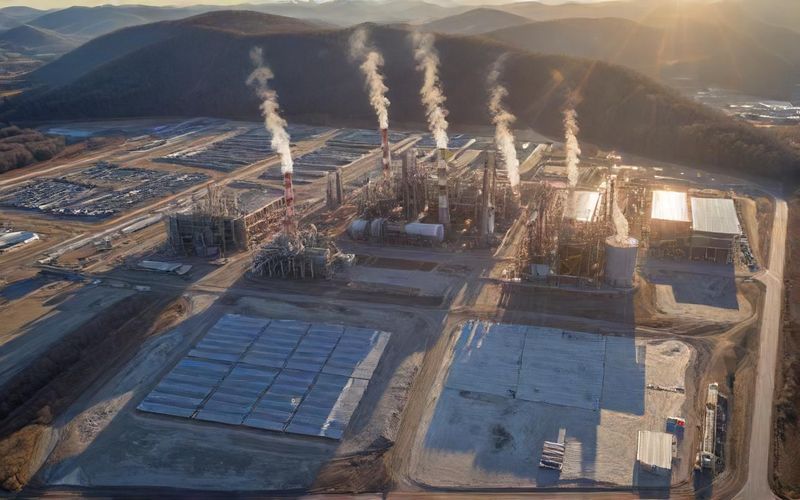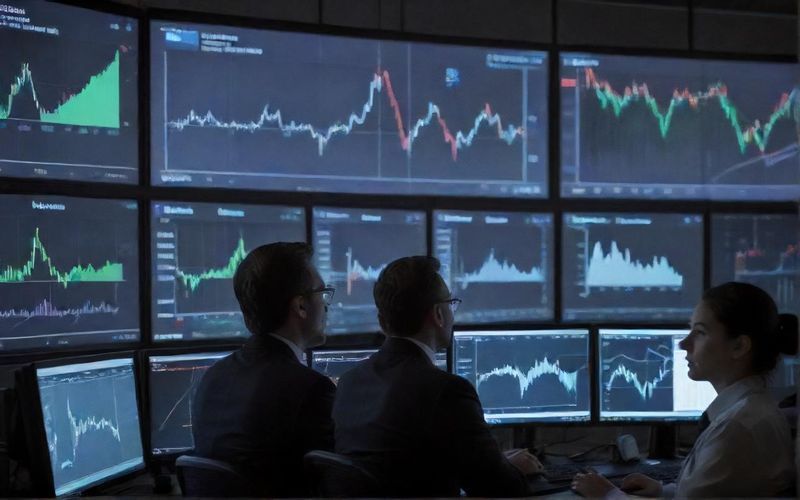Amazon-OpenAI $38B Deal: AI Boom or Bubble?

What’s particularly fascinating, though, is the intricate web these deals are weaving. It’s not just Amazon and OpenAI in isolation. We're seeing a complex dance of dependencies and competition. OpenAI, while securing a massive infrastructure deal with Amazon, also has substantial commitments with Oracle and CoreWeave, not to mention existing relationships with chipmakers like Broadcom, AMD, and Nvidia. This creates a fascinating circular economy where everyone is both a supplier and a potential customer, all powered by the relentless pursuit of artificial intelligence. It begs the question: is this a sign of robust, healthy growth, or are we witnessing the early stages of a bubble, where demand might be outstripping sustainable reality?
The numbers paint a stark picture. OpenAI’s projected costs are staggering, potentially exceeding $1 trillion by the end of the decade, while its current revenue streams, though growing, are nowhere near that level. This disparity raises a very real concern about the long-term viability and the ability of OpenAI to meet these enormous financial obligations. It’s a high-stakes gamble, fueled by the promise of future AI breakthroughs, and it requires an extraordinary level of trust in the eventual return on investment.
Adding another layer to this narrative is the recent news about OpenAI transforming into a for-profit public benefit corporation and reportedly laying the groundwork for a $1 trillion IPO. This strategic shift, coupled with the ambitious infrastructure deals, suggests a company playing the long game, preparing for a massive public debut. Meanwhile, Amazon is not just catering to OpenAI; it’s also forging ahead with its own AI ambitions. Just last week, AWS announced a significant project to supply Anthropic, a direct rival to OpenAI, with a million of its custom AI chips. This demonstrates a dual strategy of enabling the broader AI ecosystem while simultaneously building its own competitive edge.
From a purely financial perspective, the market's reaction to the Amazon-OpenAI deal is telling. Amazon’s stock saw a notable jump, reflecting investor confidence in AWS's cloud dominance and its pivotal role in the AI revolution. Yet, beneath this optimism, a broader market sentiment of caution persists, with many S&P 500 shares actually retreating. This divergence highlights the focused excitement surrounding AI and the potential for concentrated growth within specific tech sectors, even as the wider economy navigates its own challenges.
It’s a dynamic and, frankly, exhilarating time to observe the tech landscape. The sheer ambition on display, the massive financial commitments, and the interconnectedness of these players are reshaping industries at an unprecedented pace. But as these titanic forces align, the fundamental questions remain: can the underlying economics sustain this rapid expansion, and what are the long-term implications for innovation and the broader economy?









